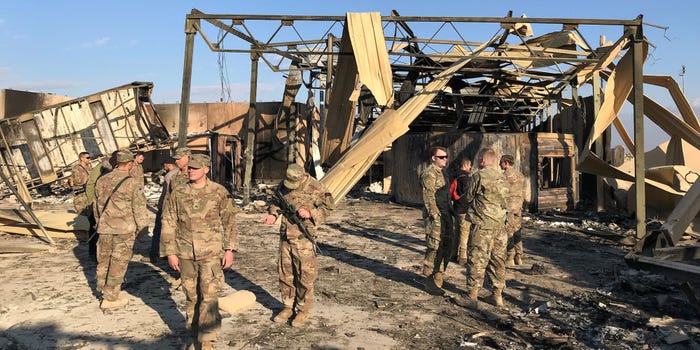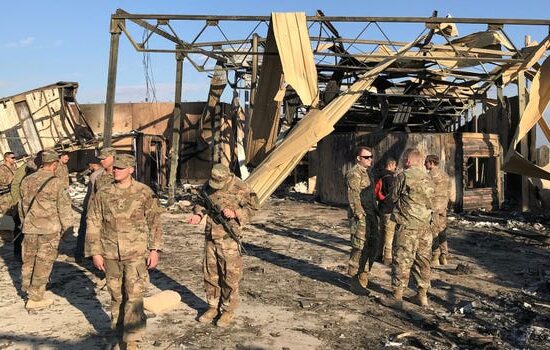
Amid escalating tensions in the Middle East, many are asking: “Is Iran going to attack the USA?” With the U.S. recently launching airstrikes on Iranian nuclear facilities and Iran vowing retaliation, fears of a direct Iranian attack on U.S. soil or interests have grown.
Let’s dive into the latest facts, military postures, and strategic assessments to evaluate the real risk.
The Trigger: Why Tensions Are at an All-Time High
- On June 22, 2025, U.S. bombers hit Iran’s most fortified nuclear sites in a massive air campaign.
- Iran’s leadership, including Supreme Leader Ayatollah Ali Khamenei, declared that the U.S. would face “irreparable consequences.”
- Iranian defense and political officials have ruled out diplomacy in the short term, stating the time for “calculated retaliation” has come.
These statements, though alarming, do not automatically equate to a full-scale strike on U.S. soil.
Is a Direct Attack on the USA Likely?
Not immediately. According to most defense analysts, Iran’s strategic focus is on:
- Targeting U.S. military bases in the Middle East, especially in Iraq, Syria, and the Gulf region.
- Attacking U.S. allies like Israel or Saudi Arabia through proxy forces.
- Cyberattacks on American infrastructure or financial institutions.
Here’s why a direct attack is unlikely—for now:
- Military imbalance: Iran understands the risks of provoking a full-scale U.S. counterattack.
- International backlash: A direct assault would isolate Iran diplomatically.
- Proxy strength: Iran has effective proxy forces like Hezbollah and militias in Iraq and Yemen to act on its behalf.
What Forms of Retaliation Are Being Planned?
Iran’s historical pattern of retaliation suggests the following are more probable than direct confrontation on U.S. soil:
- Rocket and drone attacks on U.S. bases in the Middle East
- Missile launches targeting allied nations, especially Israel
- Covert operations or sabotage in sensitive regions
- Cyber warfare against U.S. banks, infrastructure, or defense systems
Military Posture & Readiness
- The U.S. has moved additional warships into the Persian Gulf and the Mediterranean.
- Iranian missile systems have reportedly been repositioned closer to U.S. targets in Iraq and Syria.
- Drone units, which Iran has used effectively in past conflicts, are on high alert.
- U.S. Homeland Security has increased its cyber defense alert level but has not elevated physical threat levels inside the continental U.S.
Expert Summary
Is Iran planning a direct attack on the USA? Highly unlikely in the near term.
However, the risk to U.S. assets abroad is real and rising, especially in the form of:
- Proxy warfare
- Targeted military strikes in the region
- Cyber retaliation
Key Takeaways
- Direct attack on U.S. mainland is not imminent, according to current intelligence.
- U.S. forces in the Middle East remain high-value targets for Iranian response.
- Cyber warfare could be Iran’s method of indirect retaliation.
- U.S. and allied forces are on high alert; diplomatic efforts for de-escalation continue behind the scenes.
Final Thought
While the fear of a direct Iranian attack on American soil is understandable, current indicators suggest Tehran will strike indirectly and strategically, not rashly. The next few weeks are critical. Watch for movements in Iraq, Syria, and the Persian Gulf—those may be the first signs of Iran’s chosen path of response.







